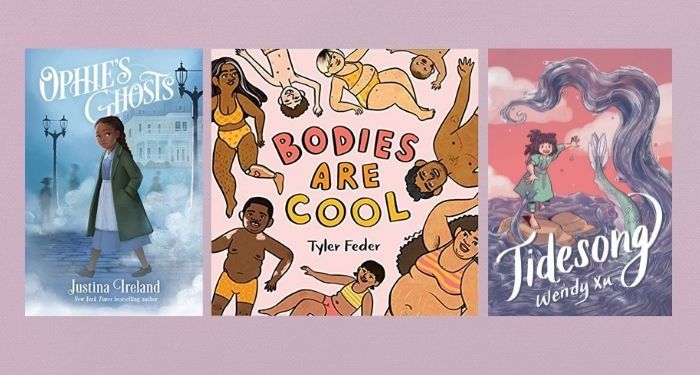
The Best Children’s Books of 2021
We continue to see ourselves in a golden age for children’s books, and that is evident in this year’s best children’s books of 2021. From ghost stories to true tales of history, the books nominated here showcase all that makes children’s books not only essential for young readers, but for readers who are young at heart, too. These books also cover a range of formats, from what we think of as a traditional novel with a narrative to picture books that really showcase what art can do to tell and enhance a story. As such — and as should be the case whenever illustrated books are concerned — illustrators have been noted alongside authors because their work deserves applause, too.
This list is limited to books published for children or middle grade readers, as our Best Books of 2021 piece has a fair number of YA picks included. We’ve pulled together a separate list of the best children’s books so they, too, can shine and do so alongside other standouts.
Grab your to-be-read list and prepare to watch it grow as you dive into our picks for the best children’s books of 2021. Of course, you will also want to peruse last year’s best books for children lists for more inspiration and outstanding reading and make your way through our ultimate guide to the best books for children by age.
2021 Best Books for Children
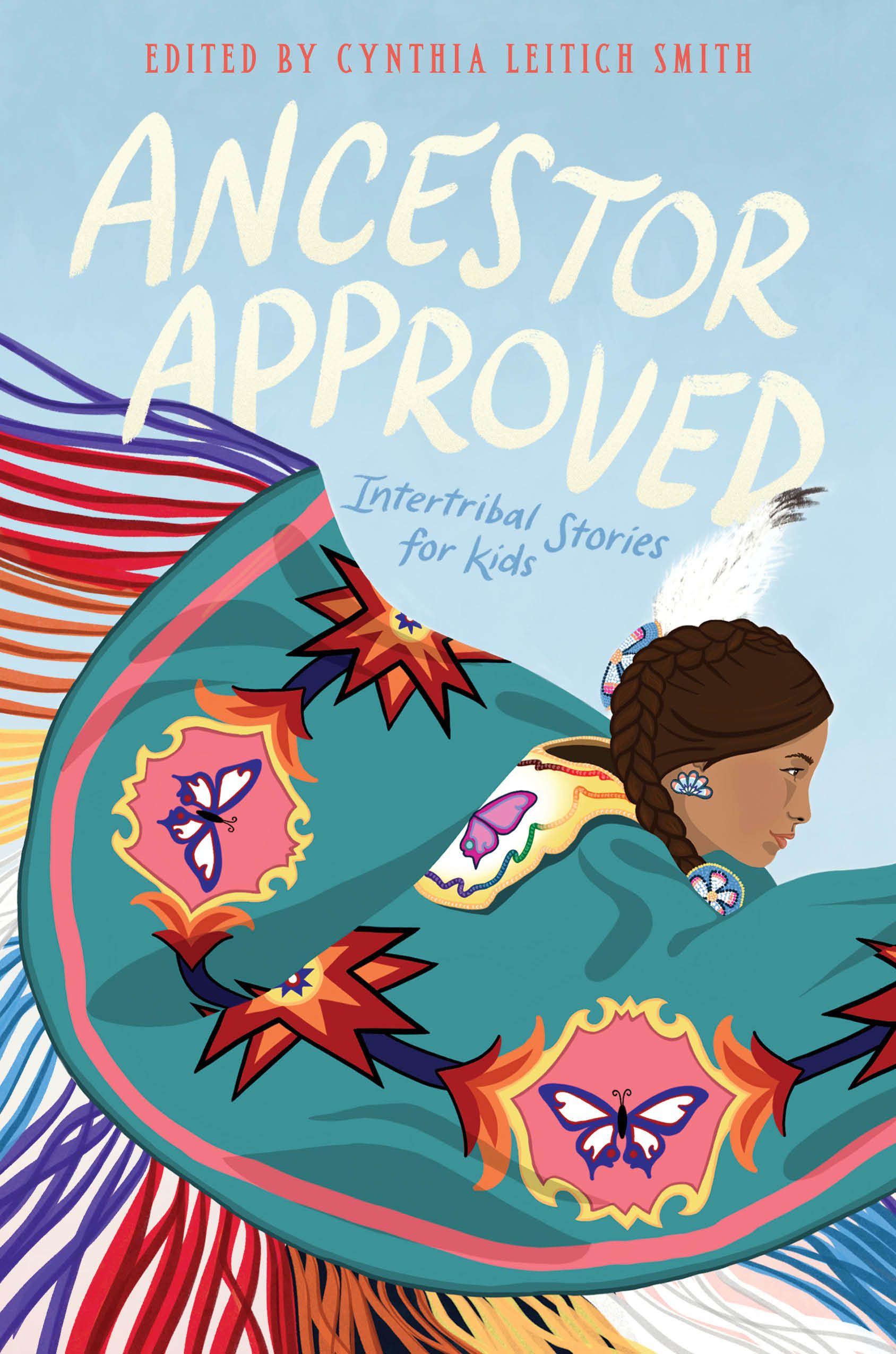
Ancestor Approved: Intertribal Stories for Kids Edited by Cynthia Leitich Smith
Smith brings together a wealth of Native talent to write short stories from the perspectives of a variety of Native tweens who are all attending a major powwow in Ann Arbor, Michigan. It’s intertribal, both in the writing and in the story, and everyone’s voice brings this powwow to life. There is joy and sadness as much as there is mystery, humor, and even maybe a little love.
Each of the pieces works seamlessly, with some surprising points of views included. It’s just a dang cool book.
—Kelly Jensen
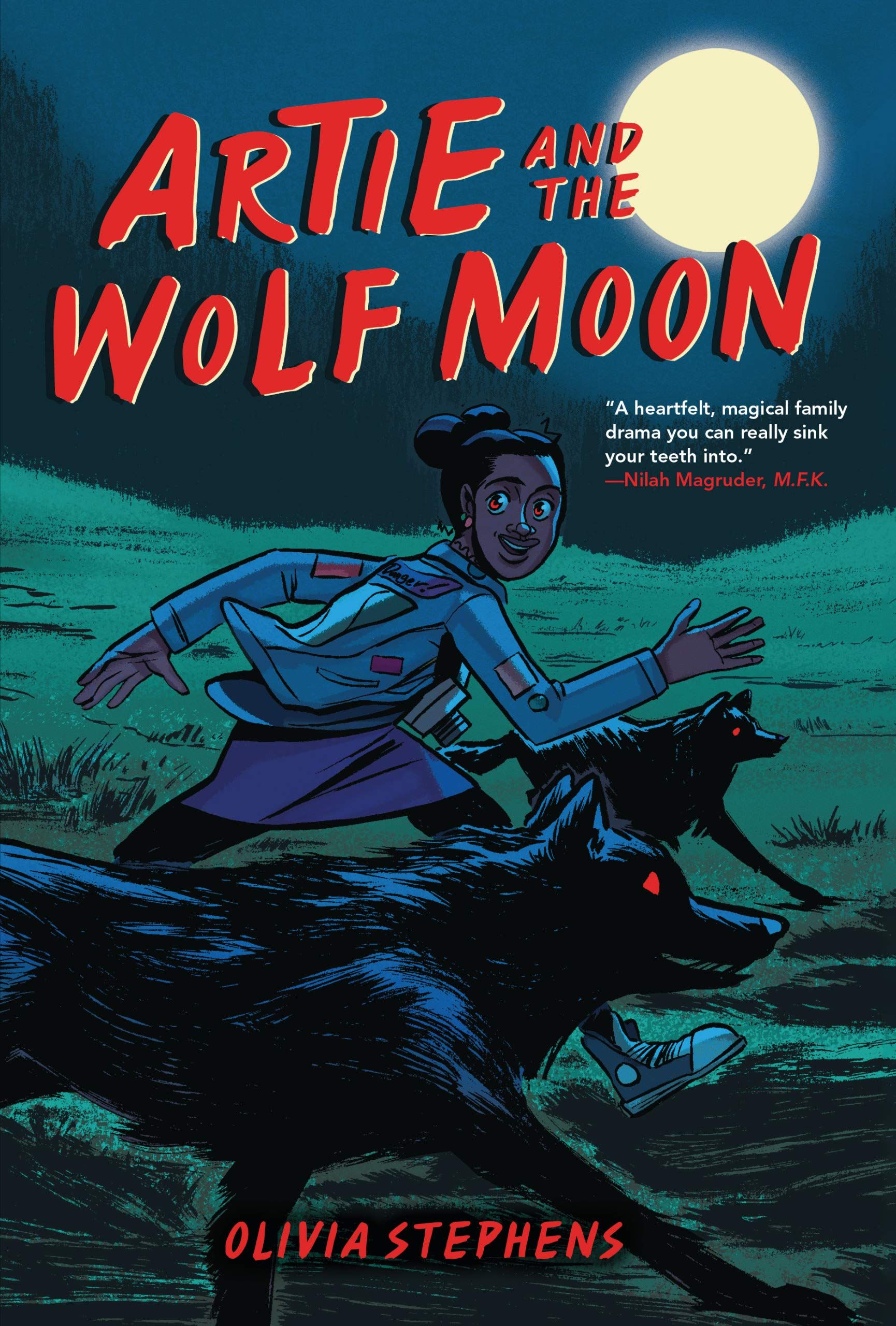
Artie And The Wolf Moon by Olivia Stephens
I was recently asked where all the Black werewolves were and I had to think hard about it. Then I came across this beautiful graphic novel. Artie lives and goes to school in a mostly white area and she often gets bullied. All Artie wants to do is take photos with her camera. Artie asks her mother if she can go out at night to take pictures of the moon, and her mother tells her they will go another time. Artie takes it upon herself to sneak out of the house, and while out, she spies a werewolf. The werewolf runs towards her house and suddenly she transforms into her mom! Of course, Artie has a lot of questions, but my favorite aspect of this book is the lore behind why Black people become werewolves, which is touching and adds a beautiful social justice angle that young readers can understand.
—Erika Hardison
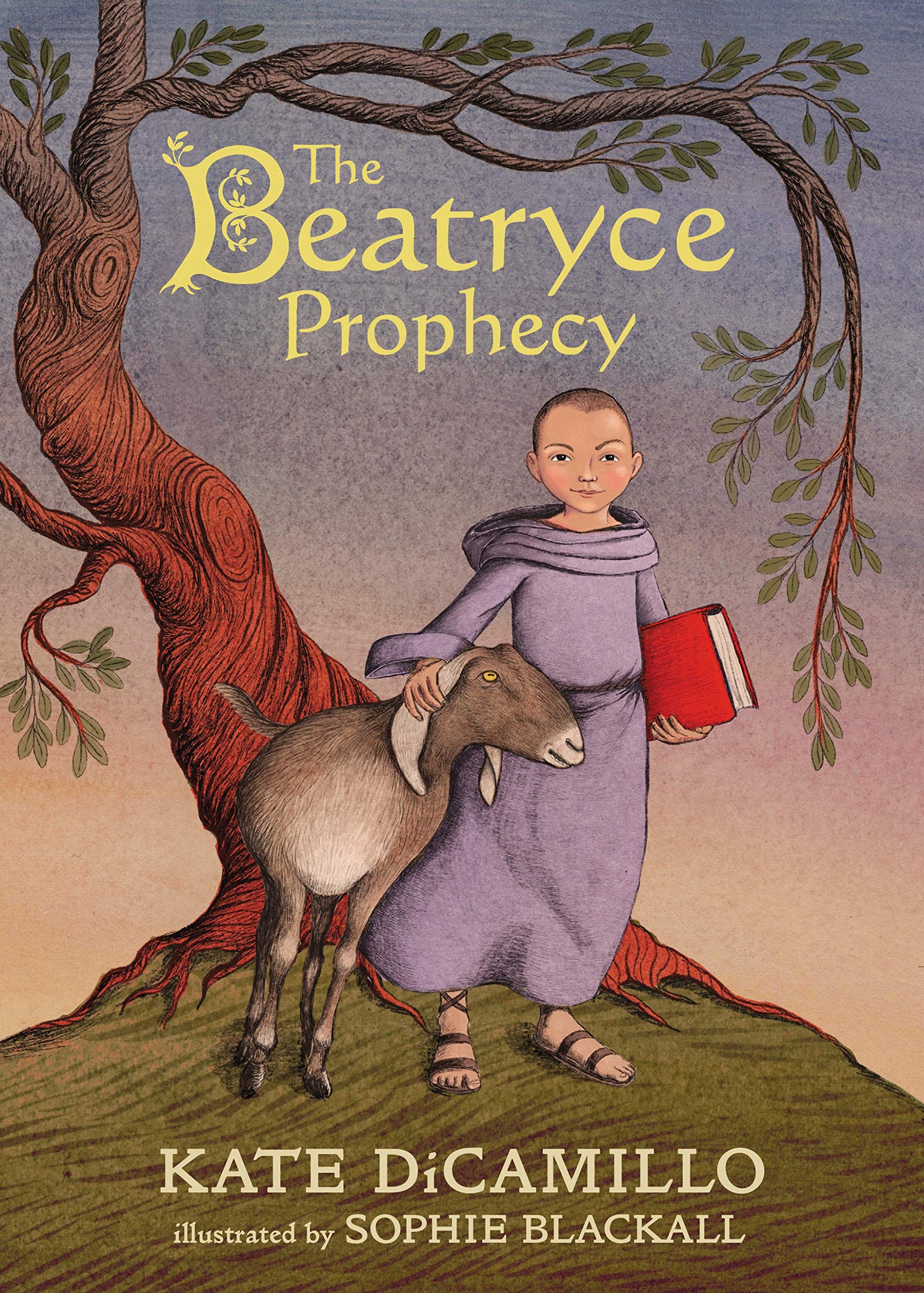
The Beatryce Prophecy by Kate DiCamillo and Sophie Blackall
This story is set in a medieval world, and it opens at a monastery. It’s sort of a religion-free monastery: these monks are here to record the happenings of the world, but that’s about it. One day, a little girl shows up at the monastery. She has no memory of her life before that moment, and a kind monk takes her in. Soon, he realizes that she can write, which is illegal in their land. As Beatryce recovers her memories, she realizes that her background might be more special than she thought. Beatryce and her friends, which include a lovable and strong-willed goat, set off on an adventure to confront the king. It’s about the power of stories and it makes a perfect read-aloud book.
—Jesse Doogan
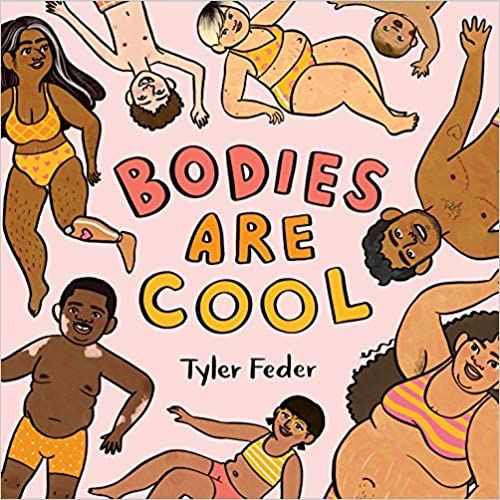
Bodies Are Cool by Tyler Feder
The bouncy rhythm of this fantastic picture book is such a wonderful companion to the wide range of bodies featured in the illustrations. Rarely do we get to see real body diversity in books more broadly, and it’s been evident to me in reading to my baby that books for children don’t offer as much physical inclusivity as they should. This is a balm to the glaring absence and offers representation in proud, happy, and joyful ways.
Read this one for the words, but its real power is in the ability to pore over the art. Whenever my husband and I read it to the baby, we pause at each spread and point out all of the bodies which correspond to the descriptions in the text (“Dark skin, olive skin, every shade of brown skin, pinky pale or peach skin. Bodies are cool!”).
—Kelly Jensen
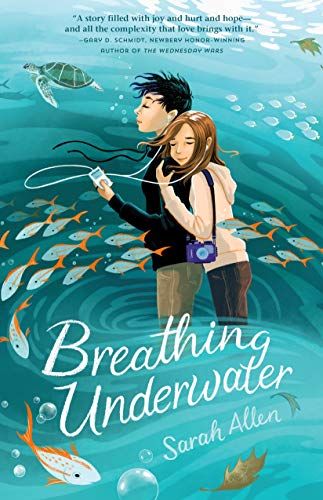
Breathing Underwater by Sarah Allen
I was blown away by how beautifully and vulnerably the main character Olivia’s struggle to support her sister Ruth, who has depression, was depicted. Because adolescence is when many start to experience mental illness, I think this kind of representation is especially needed in middle grade books. When Olivia and Ruth go on the road trip of their dreams, Olivia is determined to help her sister find joy so they can go back to “how things were” before Ruth’s depression got worse. But as they journey together, she realizes that loving her sister without asking her to change is perhaps more important than trying to return to the way their lives used to be.
—CJ Connor

Fast Pitch by Nic Stone
Shenice Lockwood is the captain of an all-Black softball team trying to win the district championships. But when she finds out a family secret about her great-grandfather being framed for a crime in retaliation for being one of the first Black players in the major leagues, Shenice feels compelled to find out more. She feels the pull between making history and showing the other mostly white teams that her team can win and clearing her family’s name and restoring her great grandfather’s legacy. The mix of humor with poignant moments about racism and sports worked well together to create a rich, nuanced story.
—Alison Doherty
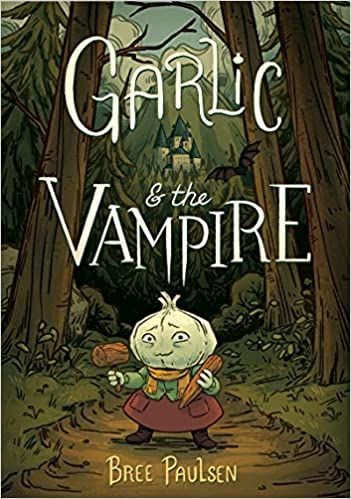
Garlic and the Vampire by Bree Paulsen
The adorable character designs — especially of the garden-dwelling vegetable folk — really won me over. Not only was it one of my favorite middle grade books this year, but also one of my favorite reads overall. When rumors spread of a vampire moving in near their garden patch, Garlic is encouraged by the other villagers to confront him. After all, vampires are evil and everyone knows garlic is their weakness…right?
—CJ Connor
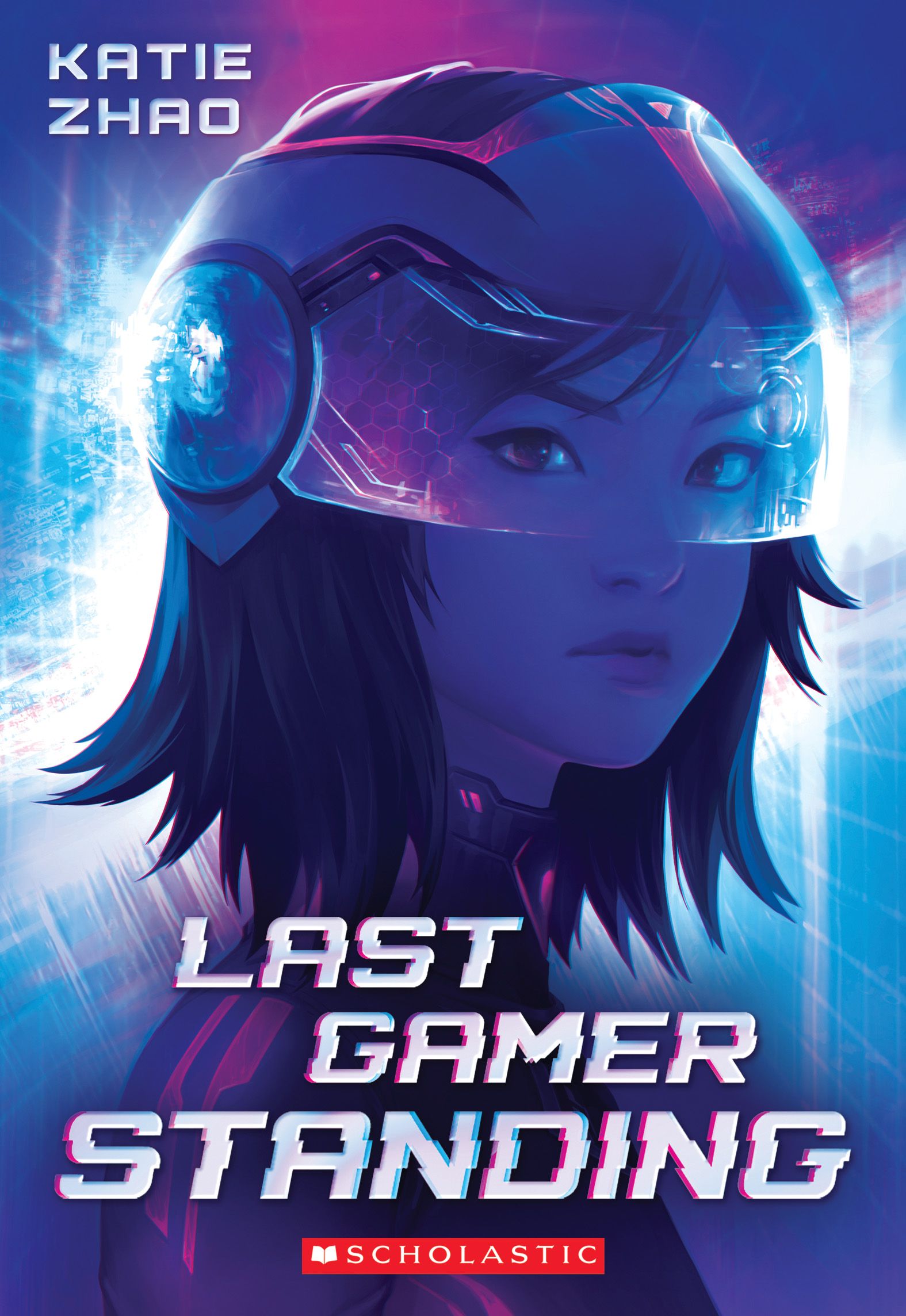
Last Gamer Standing by Katie Zhao
Katie Zhao, known recently for her dark academia YA How We Fall Apart, nails it in this story about Reyna Cheng, a 12-year-old gamer playing a competitive VR game disguised as TheRuiNar. While she’s a skilled gamer, gaming is still a boy’s world and she desperately wants to prove what she’s all about. One day, she gets that chance, as she is chosen to compete in the game’s tournament, with $10,000 as the main prize. Enter a mysterious troll, who threatens to reveal her true identity and ruin her chances of winning if she does not drop out ASAP. Reyna is not taking this sitting down in the novel, as she battles with her talents, family issues and the toxic gaming community as the tournament begins. Full of poignant moments, action and adventure, as well as a strong and kick-ass middle grade book lead, this is definitely one of my favorites of 2021.
—Aurora Lydia Dominguez
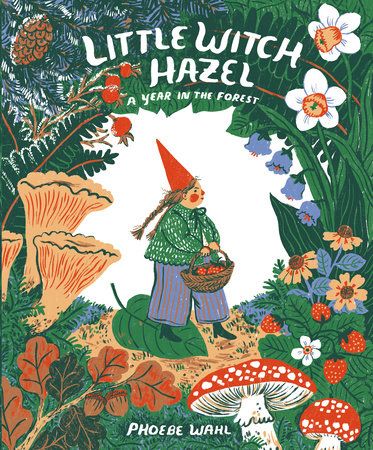
Little Witch Hazel by Phoebe Wahl
This long picture book is the definition of bucolic, fanciful, or twee. Some might even call it cottagecore. It mixes over the top beautiful illustrations with four stories about the year in a small forest witch’s life. Each story shows Hazel as a forest helper, from raising an abandoned owl egg to acting as a midwife to a rabbit. The cherry on top of this book for me was the representation of Hazel as a fat character in a book where weight is never mentioned. At 96 pages, this one might be long for a bedtime read, but it’s one that younger and older readers will want to return to again and again.
—Alison Doherty
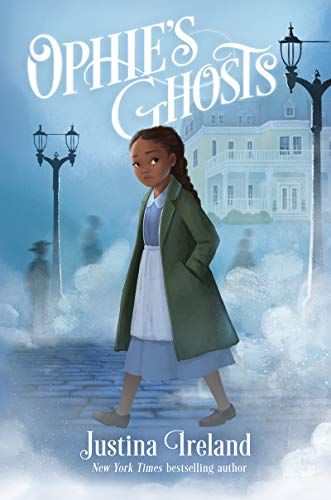
Ophie’s Ghosts by Justina Ireland
This is hands down one of the best 2021 titles, regardless of category. And one of my absolute favorite child characters in children’s literature. It’s also the only time I can think of that as soon as I finished reading the opening, I was so impressed by how well it was written that I reread it before continuing on with rest of the book. Which is also fantastic. Ophelia Harrison’s life is abruptly changed and she finds herself living in Pittsburgh in 1922, leaving school to work as a maid, and suddenly able to see ghosts. But really, you don’t even need to know about the book: just start reading it and you’ll instantly be sucked in by Ophie’s voice. I really hope with all my book-loving heart that we get another book with Ophie.
—Jamie Canavés
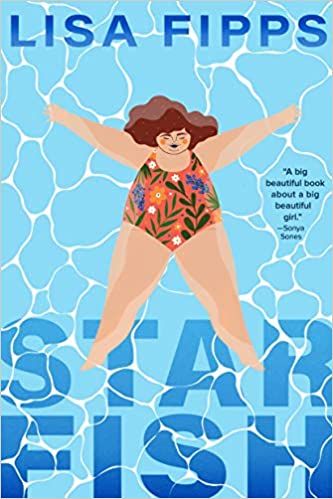
Starfish by Lisa Fipps
Ellie is fat and relentlessly bullied for her size. Her biggest tormentor? Her mother. With the help of a talk therapist, Ellie realizes she does not deserve this treatment (an extremely difficult first step) and begins to stand up for herself. I love that this is not a linear process. Some ways of defending feel good. Some don’t. Some people apologize and aren’t forgiven immediately. It’s brutal to read this, especially if you are a fat person who has dealt with some of these comments and actions. HOWEVER, there is catharsis here. I wish I had read it when I was younger.
—Ashlie Swicker
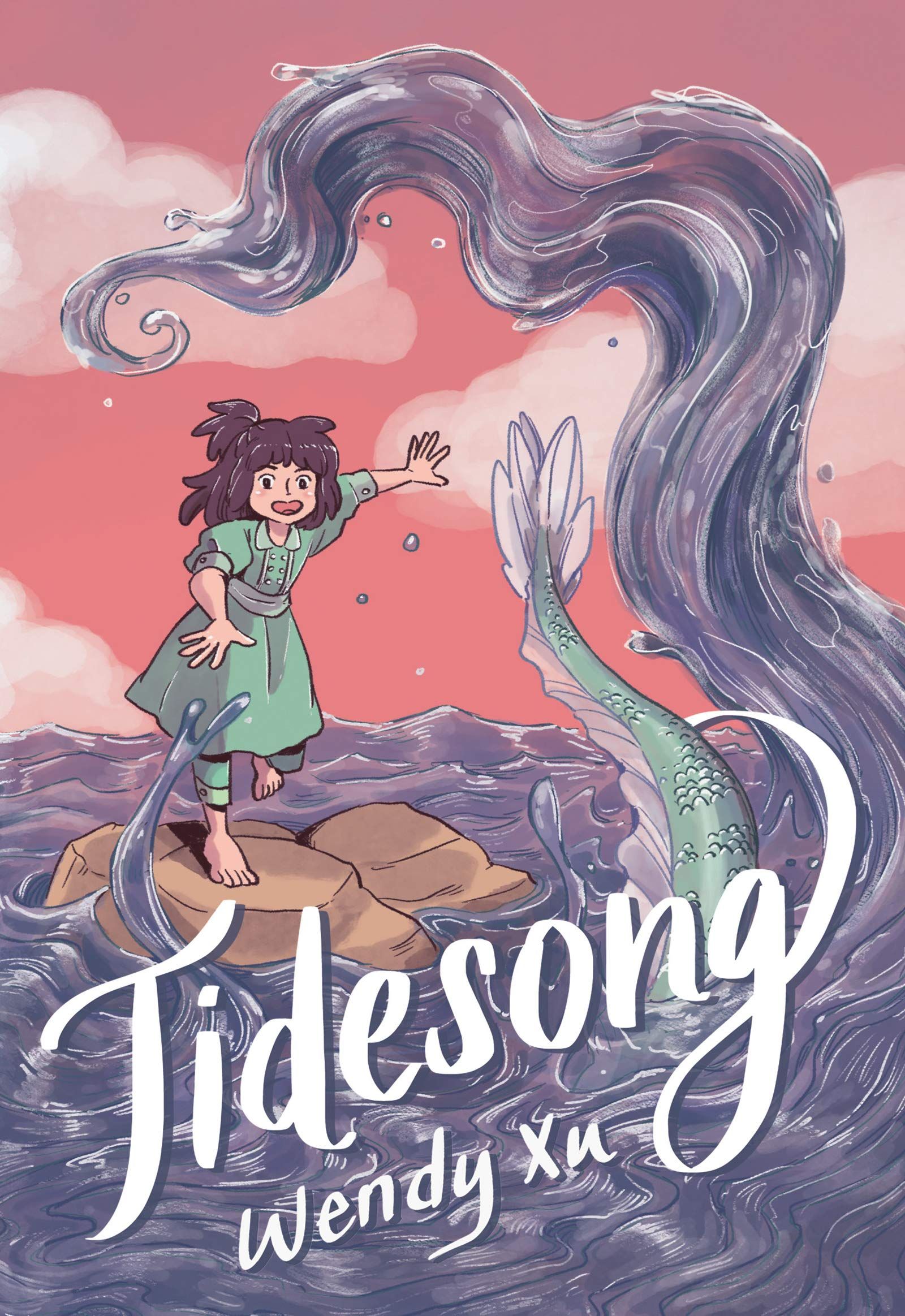
Tidesong by Wendy Xu
Sophie needs to train for her audition for the best magic school in the realm, so she’s sent to stay with relatives she’s never met. The air and water magic Sophie wields is beautifully depicted. But when Sophie accidentally entangles her magic with a water dragon named Lir, things get complicated. I loved the enchanting world of this graphic novel and the heartfelt but rarely underscored message that children deserve apologies when adults do them wrong.
—Isabelle Popp
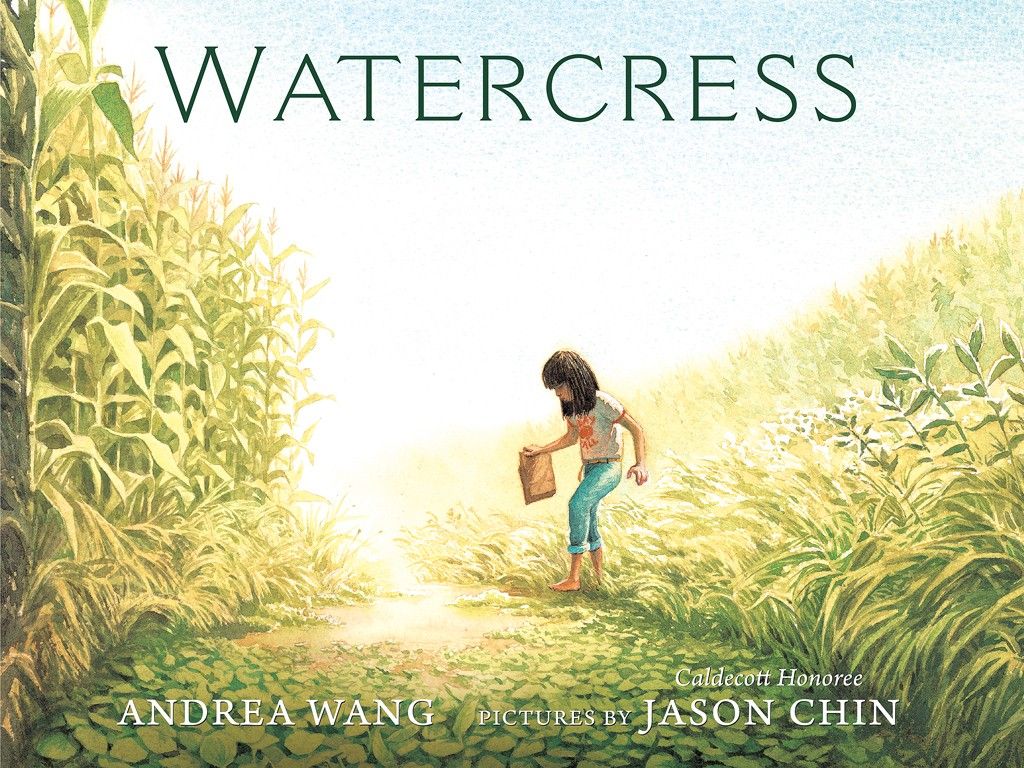
Watercress by Andrea Wang and Jason Chin
Watercress is a gorgeous, autobiographical picture book about a Chinese American girl’s experience living in rural Ohio. When her parents stop by the road to pick watercress, she feels embarrassed and uncomfortable, worried that the white children from school will see her. Once home, her mother cooks the watercress and the family sits down at the table to eat. The mother tells a story about how and why her family foraged for food in China, and why watercress is so important to her and to their shared Chinese heritage. It’s a moving picture book with stunning illustrations. It’s my top pick for next year’s Caldecott Award.
—Margaret Kingsbury
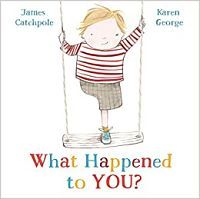
What Happened to You? by James Catchpole & Karen George
Picture books with disabled representation are too often cringe-worthy (I’ve read two published this year that have compared disabled children to dogs), so it’s so incredibly refreshing when a picture book releases that just gets what it’s like to live in a disabled body, which considering this is written by a disabled author is no surprise. (Notably, neither of the cringey books mentioned above were written by disabled authors.) In this picture book, Joe — who has one leg — just wants to play pirates, but kids keep stopping him to ask about his leg! Finally the kids realize it would be much more fun to play with Joe than to interrogate him about his leg. This is an essential book to have on a child’s bookshelf, and a great way for parents to begin talking about disabled bodies. I interviewed James for my piece about the current state of disability representation in children’s publishing.
—Margaret Kingsbury














